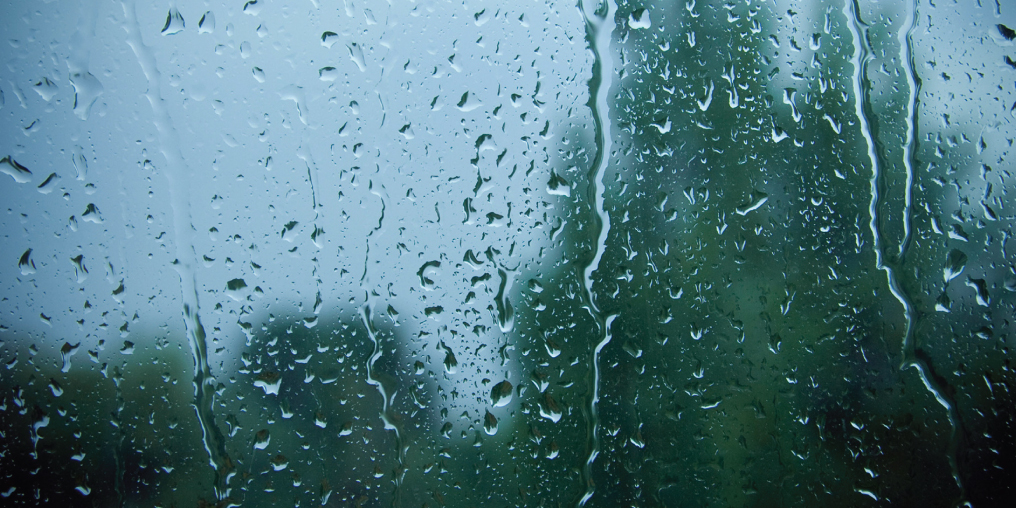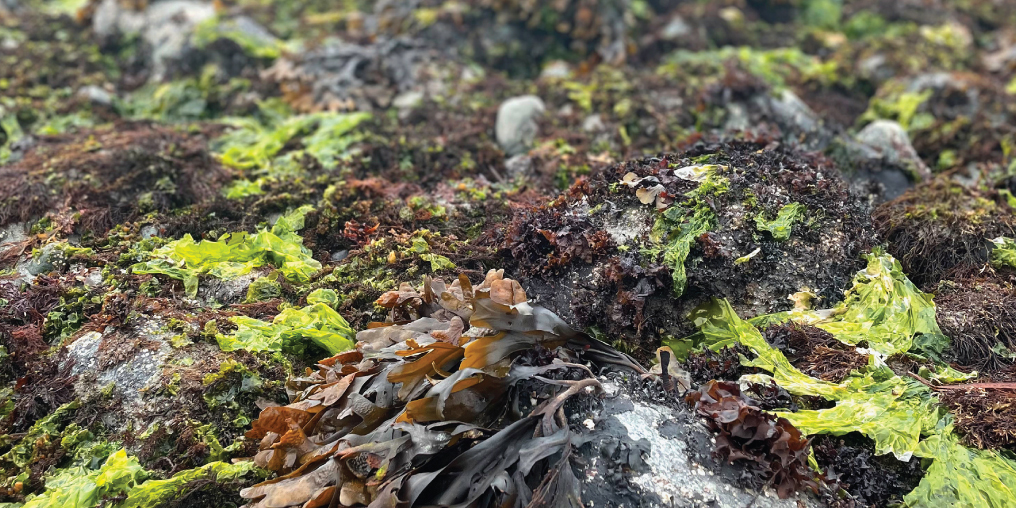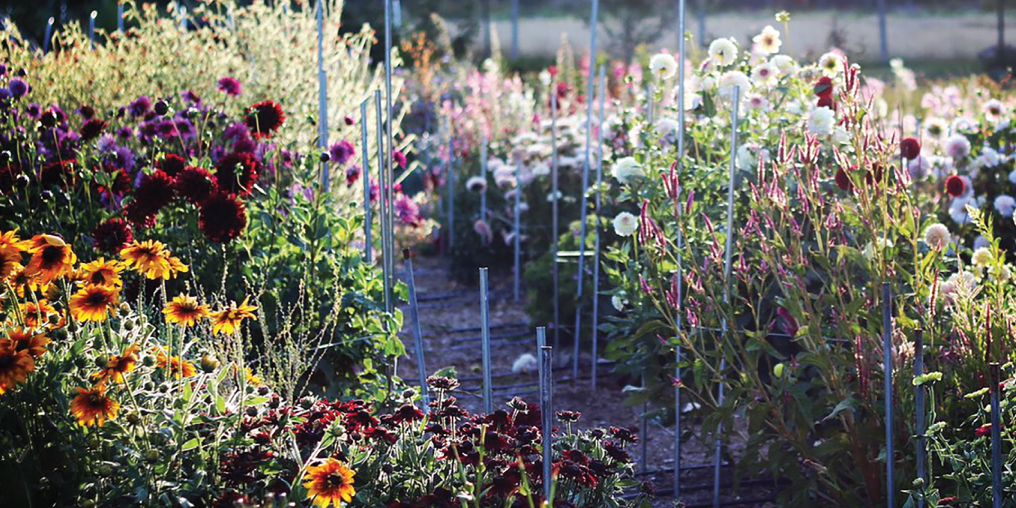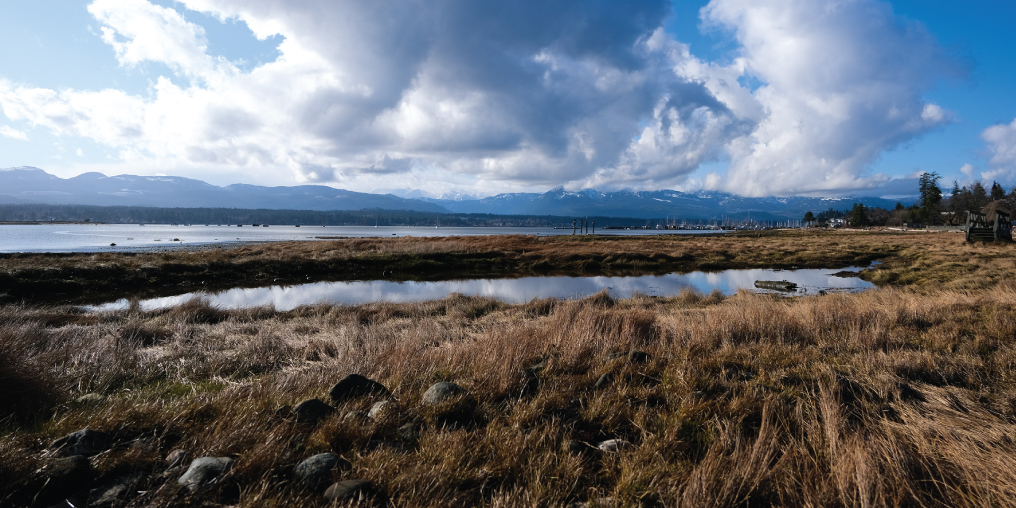The principals of rainwater harvesting have remained the same for centuries: collect and contain clean water.
Deep and shallow aquifers are under more pressure as population growth and climate change have altered the supply of quality ground water to rural homes, farms, and businesses. Regional and city piped water systems drawing from lakes and reservoirs have had increased frequencies of water restriction and boil water advisories.
The alternative is an efficient rainwater harvesting system designed to capture and contain clean water for potable and/or domestic use.
Rainwater harvesting systems are becoming increasingly popular in both rural and urban settings due to their efficiency and ability to provide individuals, families, and communities with a sustainable and personal water supply.
Collecting and reusing rainwater can significantly reduce the draw from municipal systems and can provide a primary source of water for off-the-grid dwellings. It can also reduce or eliminate the use of treated drinking water for landscaping, toilet flushing, and laundry washing. When treated properly, rainwater can also be used for potable water uses such as drinking, cooking, and teeth-brushing.
An efficient rainwater harvesting system is comprised of three key components: collection, filtration, and storage. How you eventually use the harvested rainwater will determine the size and complexity of your finished system.
A simple system can consist of a rain barrel that collects roof runoff for basic outdoor irrigation, such as watering your garden. More complex pumped systems involve large cisterns that store filtered and treated water collected from the roof. This water is then plumbed into the house, either as a replacement or supplement to the standard municipal water supply.
Every rainwater harvesting system is unique and the components that will best suit your situation will depend on variables such topography, location, budget, and how you want to use the water (irrigation, potable, car wash, etc).
SIZING A CATCHMENT AREA
The size of the catchment area or roof will determine how much rainwater you can harvest. The area is based on the “footprint” of the roof, which can be calculated by finding the area of the building and adding the area of the roof’s overhang.
The collection efficiency of a roof is based on factors such as evaporation loss from prevailing winds, tree cover, type of roofing, etc. A well designed rainwater harvesting system can capture 75-85% of total rainfall.
CATCHMENT AREA (SQ.FT)
x RAINFALL DEPTH (IN.)
x 0.623 (CONVERSION FACTOR)
= HARVESTED WATER (GAL)
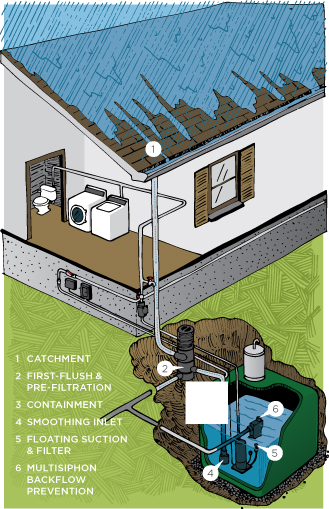
You can visit accuweather.com to determine how much it rains, by the month, in the Comox Valley, and VanIsle Water to see what your options are for collection.

